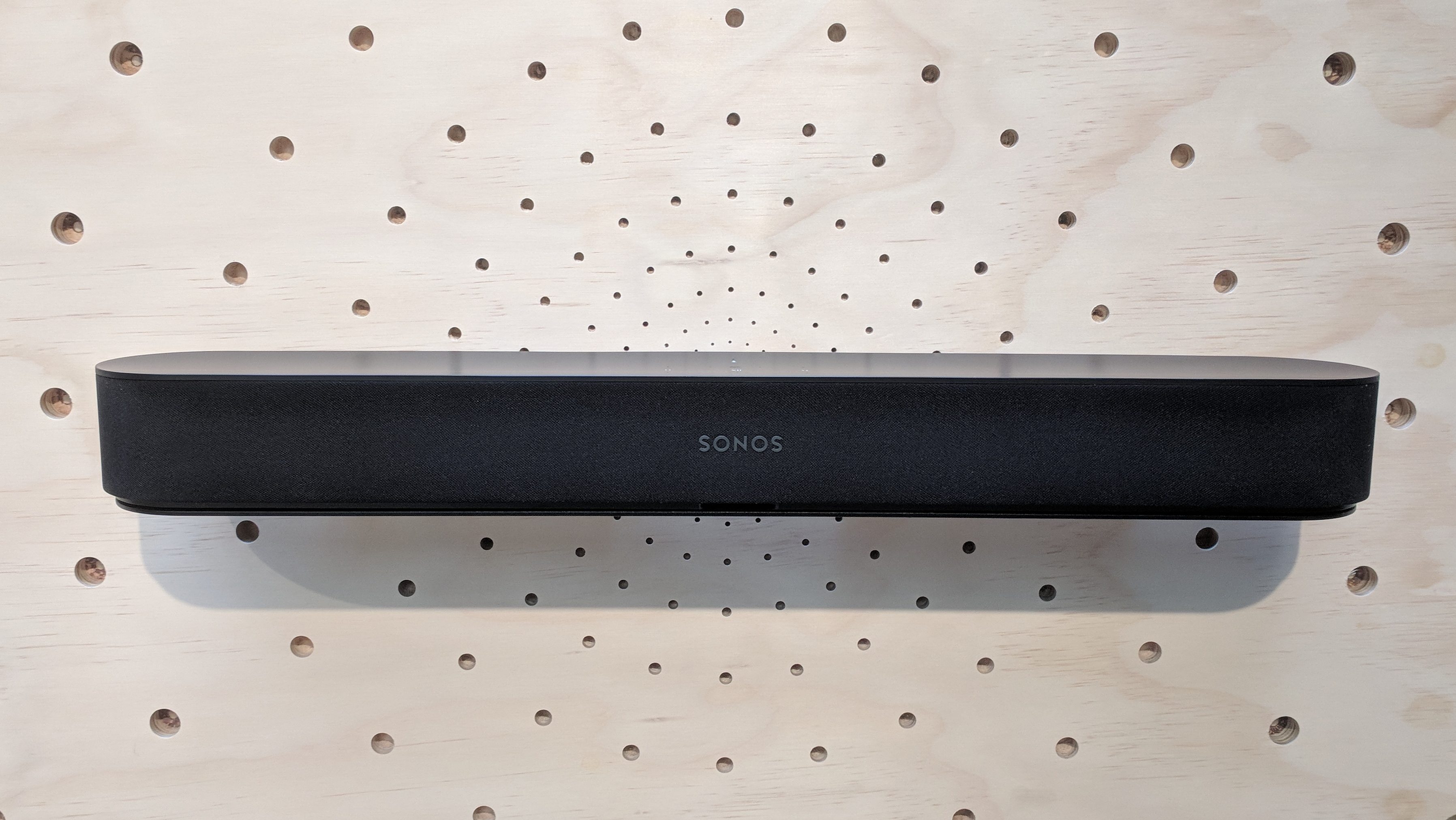With Its Stock Up 32%, Sonos Mastered Its IPO. Now Comes the Hard Part
By Janko Roettgers
LOS ANGELES (Variety.com) – Sonos ended its first day of trading at Nasdaq with its share prices up more than 32% over this morning’s opening price, with a share price of $19.91 at the close of markets. It’s a successful IPO for the smart speaker maker, which now has to adjust to public company life.
“It doesn’t really change anything for our strategy, for our product roadmap perspective,” said VP of corporate finance Michael Groeninger, trying to downplay the effect the IPO will have on the company. In a conversation with Variety this morning, he argued that the public listing was merely “a different ownership vehicle” for the company.
“It’s not going to change our mission,” agreed Sonos chief product officer Nick Millington.
For more on Sonos, read our recent feature story: How Smart-Speaker Maker Sonos Plans to Take on Apple, Google and Amazon
However, being a public company also comes with a much bigger spotlight for Sonos, which booked revenues of $992.5 million in 2017. That’s not necessarily a bad thing. The added press that comes with the IPO will lead to more people becoming familiar with the brand, which can potentially help it sell more product. “Sonos has been a relatively quiet company,” said Groeninger. “An IPO does raise a company’s profile.”
It also invites more scrutiny, and makes the company’s valuation more susceptible to external factors, even politics. The Trump administration’s trade wars will likely be on investors minds for some time to come, with a recent report indicating that Sonos speakers could be subject to a 10% tariff. Groeninger acknowledged Thursday that tariffs could have a short-term impact on Sonos. “We are certainly watching it,” he said. “We don’t believe tariffs will be good for consumers.” However, he expressed confidence that there wouldn’t be a long-term impact.
The bigger challenge for Sonos will be to tell investors its story, which includes convincing them that it won’t be another GoPro. The old adage that hardware is hard does apply ever more so to companies that have decided to go public, and there are plenty of examples of hardware makers who haven’t fared so well, including the struggling action cam maker.
“We really struggled to find comparable companies,” admitted Groeninger Thursday. “We are a very unconventional consumer electronics company.”
Sonos has separated itself from some of its competition by investing into the production of long-lasting products; the company proudly still supports its very first streaming music adapter, which shipped all the way back in 2005. That has been a boon for consumers. One of the challenges Sonos is facing now is that it has to explain investors why it doesn’t nudge consumers towards upgrading their devices every two to three years.
“We are not trying to chase growth,” Groeninger said. “Our strategy is about sustainable, profitable growth.”
Another big part of the story Sonos has to tell investors going forward is how it is different from Google, Apple and Amazon, all of which are making their own speakers. What’s more, Sonos cooperates with all of them, and has integrated Amazon’s Alexa voice control and Apple’s Airplay 2 wireless streaming technology into its speakers. It has also announced support for Google Assistant, which it is looking to add “by the end of the year,” according to Millington.
Sonos has in recent months focused on positioning its products as a kind of Switzerland, telling consumers that they will eventually be able to pick and choose the voice assistant of their liking to interact with on voice-enabled Sonos speakers.
Burt as the company adds more of these third-party services to its speakers, another part of that story is starting to emerge, one that has perhaps not gotten enough attention: Sonos has built its own software platform, capable of interacting with third-party products and services, while at the same time still connecting legacy hardware.
One example: When it launched support for Apple’s Airplay 2 format in recent weeks, it could only bring the technology to a few of its most recent speakers. But anyone who has one of those new speakers can still use Airplay 2 to blast music on their home’s entire Sonos setup, even if that setup includes 13-year-old Sonos hardware — all thanks to the software layer built by the company.
Said Millington: “Sonos is a system of products that work together.”
That’s a powerful argument for consumers looking to jump onto the multiroom audio, voice control and IoT bandwagon, especially as standards are still evolving. The next few quarters will tell whether investors see the value in it as well.

